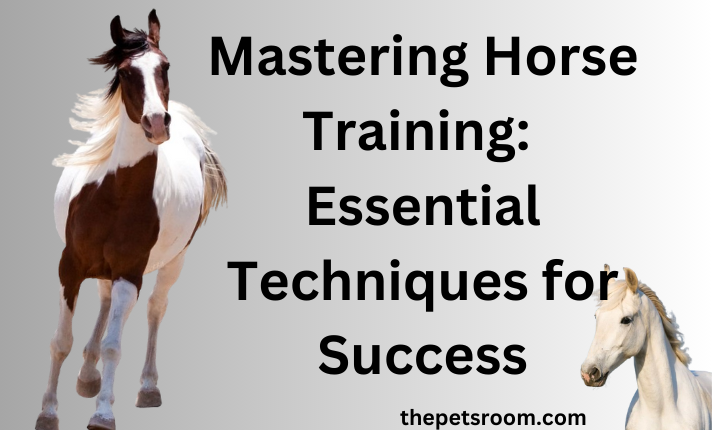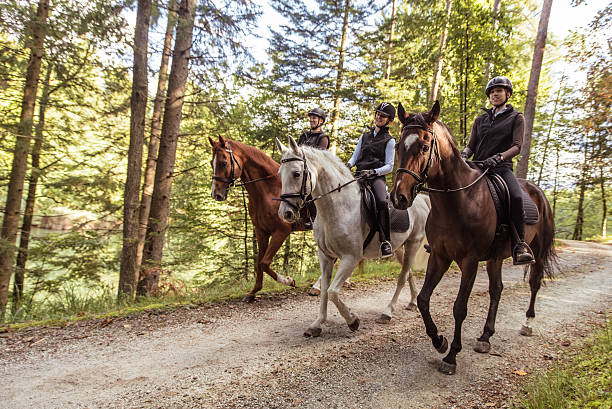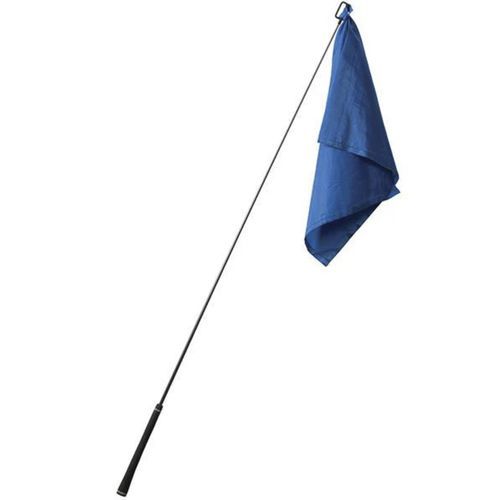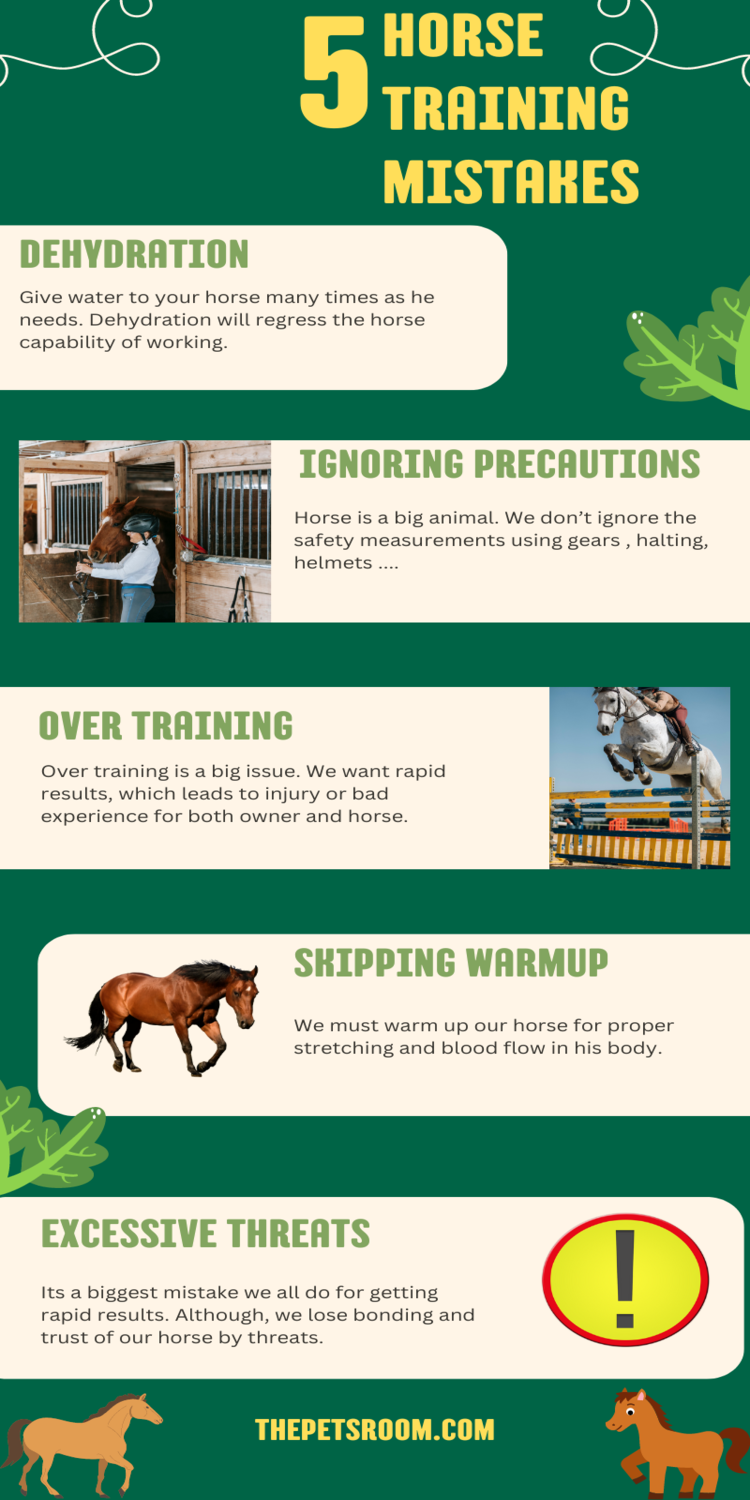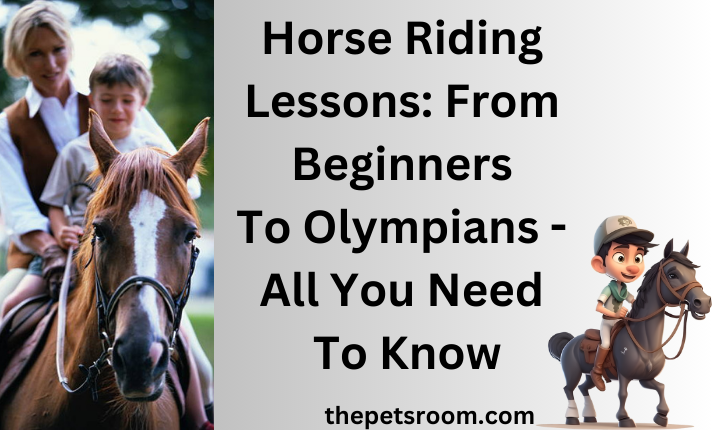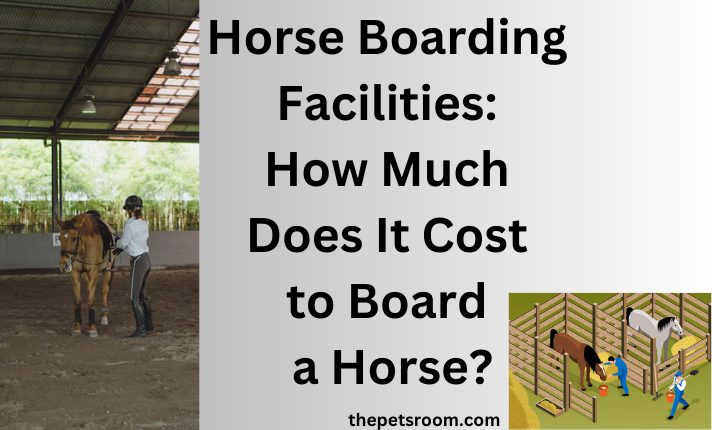Horse training is about creating mutual understanding and communication that develops both the horse’s and the rider’s abilities, rather of merely delivering directions or conducting exercises. Appropriate teaching ensures safety, improves performance, and strengthens the bond between horse and trainer. This book provides a comprehensive assessment of the ways and resources that will help you avoid common mistakes and accomplish a successful training experience, ranging from the basics of liberty horse training to complex riding abilities and required equipment. These secrets will pave the way for a more meaningful and successful connection with your horse, regardless of your motivation personal pleasure, rivalry, or friendship.
Effective training and a positive bond need tight relationships between you and your horse. Whether you’ve been riding for years or are just getting started with horses, the bond you have with your horse may have a significant impact on how successfully you train. Understanding and applying key horse training principles may help you create trust, respect, and teamwork, converting your experience and your horse’s into one of happiness and fulfilment. This book delves into the main concepts and strategies that can help you and your horse develop a deeper bond and a more productive training plan.
Why is horse training necessary?
Horse training is an important part of horse ownership and equestrian activities for a variety of reasons.
Safety
One of the most important reason for horse training is to protect the safety of both the horse and the rider. Training enables horses to learn and react to orders, making relationships more regulated and safe.
Training
Training promotes good communication between the rider and the horse. To properly accomplish desired activities, horses must grasp the indications and cues offered by their handlers. Effective training fosters a common language, allowing for more efficient and accurate interactions.
Bonding
Training strengthens the link between the horse and trainer. Through continuous, good encounters, the horse learns to trust and appreciate the handler. This tie is necessary for developing a cooperative and harmonious relationship, which improves the entire experience for both horse and rider.
Performance
Training is vital for competitive and performance-oriented equestrians who want to enhance their horse’s ability in disciplines like dressage, jumping, and racing. Well-trained horses perform better and respond more to their riders, resulting in greater competition and event outcomes.
Behavior Management
Horses’ unwanted behaviors may be managed and corrected via training. Untrained horses may develop harmful or undesirable behaviors, such as biting, kicking, or refusing to be handled. Consistent training may address and modify these behaviors, resulting in a well-mannered and attentive horse.
Mental and Physical Stimulation
Horses benefit from regular training because it stimulates both their minds and bodies. Structured exercises help horses be intellectually alert and physically strong. This is especially crucial for horses, who may get bored or suffer health problems as a result of a lack of activity and excitement.
Building Confidence
Training instills confidence in horses by exposing them to a variety of circumstances and teaching them how to behave correctly. Confident horses are less likely to be worried or scared, making them simpler to manage and more dependable in a variety of settings.
Horse Riding Techniques
Mounting and dismounting
Proper mounting and dismounting is very important to learn for the safety and comfort for both rider and horse.
Basic commands
Rider should have to learn the basic commands such as walk, trot and canter. This command will help the communication between rider and the horse.
Rein Control
Riders should learn how to hold the rein correctly and have proper grip on it to conversate the horse.
Sitting Balance
Maintaining balance while sitting is very essential for comfortable riding.
Liberty Horse Training
Liberty Horse training means working with your horse without using ropes. This technique builds the trust between horse and the owner as well and also develop the confidence in horses. This also allows the horse to move freely without stressing.
Components of liberty training include:
Building Trust: Create a solid foundation of trust via continuous, good encounters.
Body Language: Use body language to communicate with your horse and direct them through exercises and motions.
Positive reinforcement is rewarding your horse with goodies, praise, or rubs to promote desirable behaviors.
Horse Training Equipment
Using the proper equipment is critical for successful horse training. Here are a few crucial tools:
Horse Training Stick:
Used to lead and steer horses during training activities.
Features: Typically lightweight and flexible, with a handle for a comfortable grasp.
Usage: Great for groundwork, lunging, and liberty training, which helps to develop boundaries and signals.
Horse Training Flag:
A flag connected to a pole is used for elimination and communication.
Features: A lightweight cloth flag that produces noise and movement to attract the horse’s attention.
Usage: Aids in the elimination of horses to movement and noise, as well as directing and leading them.
Horse training halter
Purpose: Improves control and communication throughout the groundwork and first riding stages.
Features: Made of tough fabrics, frequently with knots at strategic pressure places.
Usage: For leading, lunging, and ground training, providing accurate control without pain.
Horse Training Mistakes
Avoiding frequent errors is critical for effective horse training.
- Inconsistency: Inconsistent signals and orders confuse the horse and slow its pace.
- Impatience: Rushing through the training process may cause irritation for both the horse and the trainer.
- Lack of Clarity: Communication should be clear and precise; conflicting signals may lead to misconceptions.
- Neglecting Groundwork: Skipping groundwork exercises may lead to weak foundation and control concerns.
- Overuse of Equipment: Using too many training aids might prevent the horse from learning to react to the trainer’s natural signals.
FAQS
How Long Does it Take To Train a Horse?
The time it takes to train a horse varies greatly depending on a number of variables, including the horse’s age, temperament, past experiences, and the precise training objectives. Generally:
- Basic training which covers groundwork and under-saddle abilities such as walking, trotting, and basic instructions, may last from a few months to a year.
- Intermediate instruction: More advanced abilities, such as cantering, jumping, or completing dressage routines, may need an additional one to two years of steady instruction.
- Advanced Training: High-level competition in disciplines including as dressage, show jumping, and reining may need years of devoted training and practice.
Each horse is unique, and some may go more quickly or slowly than others. Successful training requires consistency, patience, and a personalized approach to each horse’s specific demands.
What Mistakes Should Be Avoided During Horse Training?
- Inconsistency between directives and signals
- Rushing through the training process
- Lack of clarity in communicating
- Skipping foundation exercises.
- Overuse of Training Aids
- Ignore the horse’s comfort and health.
- Failing to tailor training approaches to each individual horse
How to Train a Horse?
- Spend time with your horse to develop trust and a deep friendship.
- Engage in good conversations, grooming, and relaxing activities together.
- Begin with foundation activities that teach fundamental instructions and respect.
- Utilize items such as a training halter, lead line, and training stick.
- Teach your horse to lead, halt, back up, and surrender under pressure.
- Introduce your horse to a variety of stimuli (for example, plastic bags and loud sounds).
- Gradually intensify the stimulus while praising calm behaviour.
- Once the framework has been set, introduce fundamental riding abilities.
- Begin with mounting and dismounting, then move to walking, trotting, and halting.
- Use consistent signals and directives, guaranteeing suitable replies before moving further.
- Introduce advanced riding skills according on your objectives (such as cantering, jumping, and dressage movements).
- Divide hard jobs into smaller stages and practise consistently.
- Treats, praise, or rest times may be used to reward your horse for responding correctly.
- Use positive reinforcement to promote desirable behavior and create a good learning environment.
- Maintain a consistent training program and exercise patience.
- Progress may be gradual at times, but consistency is critical for reinforcing learnt behaviors.
To guarantee successful growth and well-being, horse training must fulfil a number of critical demands. It begins with developing a foundation of fundamental abilities, such as leading and reacting to orders, while also instilling trust and respect between horse and trainer. Physical conditioning, which includes regular exercise, stretching, and good diet, is essential for supporting strength and endurance.
Mental stimulation, such as varying activities and exposure to new stimuli, keeps the horse interested and lowers fear. Behavioral management is also important, since it focusses on correcting negative behaviours while encouraging favorable ones. Skill development evolves from fundamental to advanced strategies adapted to certain disciplines, requiring consistency, patience, and effective communication. Properly suited equipment promotes comfort and safety, resulting in a successful and happy training experience.
Conclusion
Effective horse training is a continuous process that needs commitment, patience, and a thorough knowledge of both the horse and the rider. Trainers may create a strong, positive connection with their horses by emphasizing trust, clear communication, and regular practices. This partnership not only assures the safety and well-being of the horse and rider, but it also improves performance and pleasure in a variety of equestrian activities. The progression from fundamental groundwork to advanced riding methods is essential for building a well-rounded and responsive horse, thus each stage in the training process is critical to success.
Avoiding typical faults like inconsistency, impatience, and a lack of clarity may dramatically improve training efficacy. Trainers may assist their horses reach their greatest potential while cultivating a healthy connection by sticking to tried-and-true ideas and tactics and using proper equipment. Whether your objectives are personal enjoyment, competitive achievement, or companionship, knowing and implementing these training concepts will result in a more gratifying and enjoyable experience for both you and your horse.






